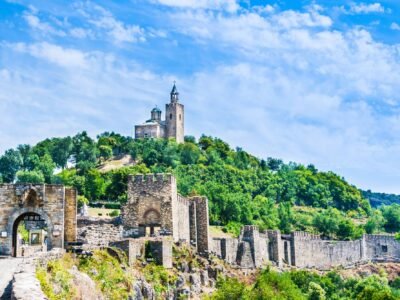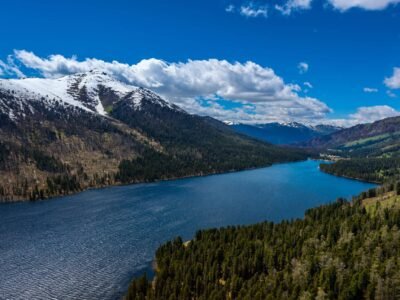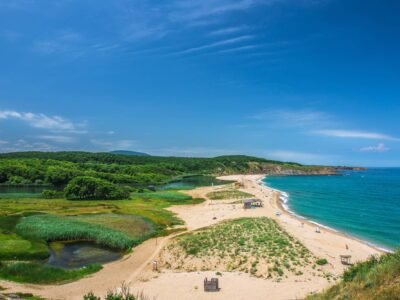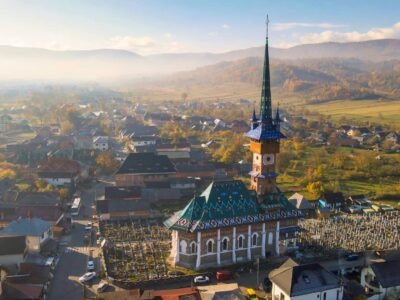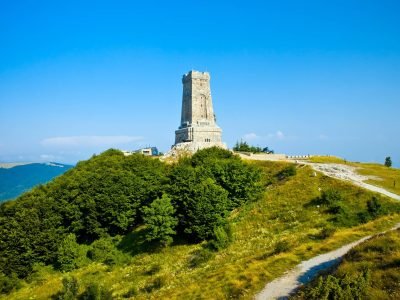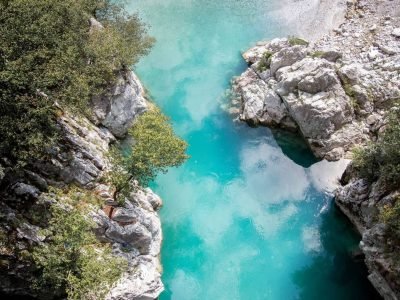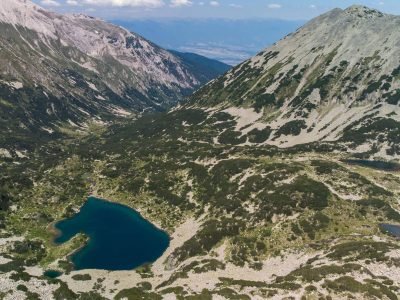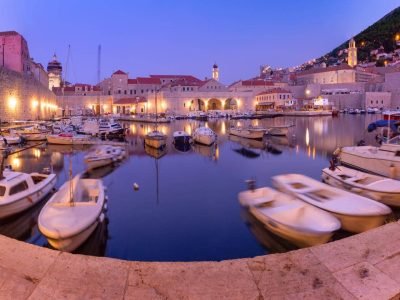10 Best Monasteries to Visit in the Balkans
Visit stunning monasteries around the Balkans. Discover the cultural and religious history of the region with this inspiring guide. Get the most out of your trip with the best monasteries to visit in the Balkans.
With its rich history and diverse culture, this European country offers some of Europe’s most remarkable monastic experiences. Here’s a list of the top 10 monasteries you should visit in Bulgaria.
10 Best Monasteries to Visit in the Balkans
Some of the most enchanting monasteries lie in the heart of the Balkans, nestled among dramatic landscapes and steeped in history. From Greece to Serbia, these holy sanctuaries glimpse centuries-old religious traditions.
These monasteries in the Balkans are some of Eastern Europe’s most beautiful and historically significant religious sites. These monasteries offer visitors a unique opportunity to explore centuries-old architecture, art, and spirituality.
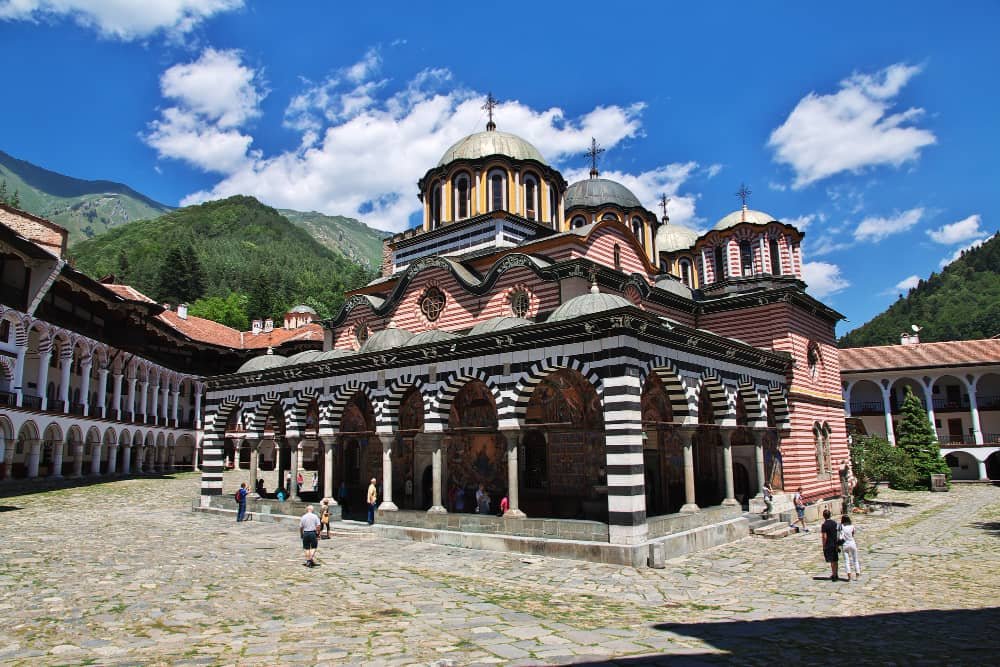
Rila Monastery, Bulgaria
One such gem is Rila Monastery in Bulgaria – an architectural masterpiece set against towering mountains. Its rich frescoes and peaceful courtyard make it easy to see why this UNESCO World Heritage site draws visitors worldwide. This is the first on the list of the best monasteries to visit in the Balkans.
Rila Monastery dates back to the 10th century. This magnificent site is considered one of Bulgaria’s national symbols and was declared a UNESCO World Heritage Site. The complex consists of beautiful frescoes, intricately carved wooden doors, and stone sculptures that will leave you breathless.
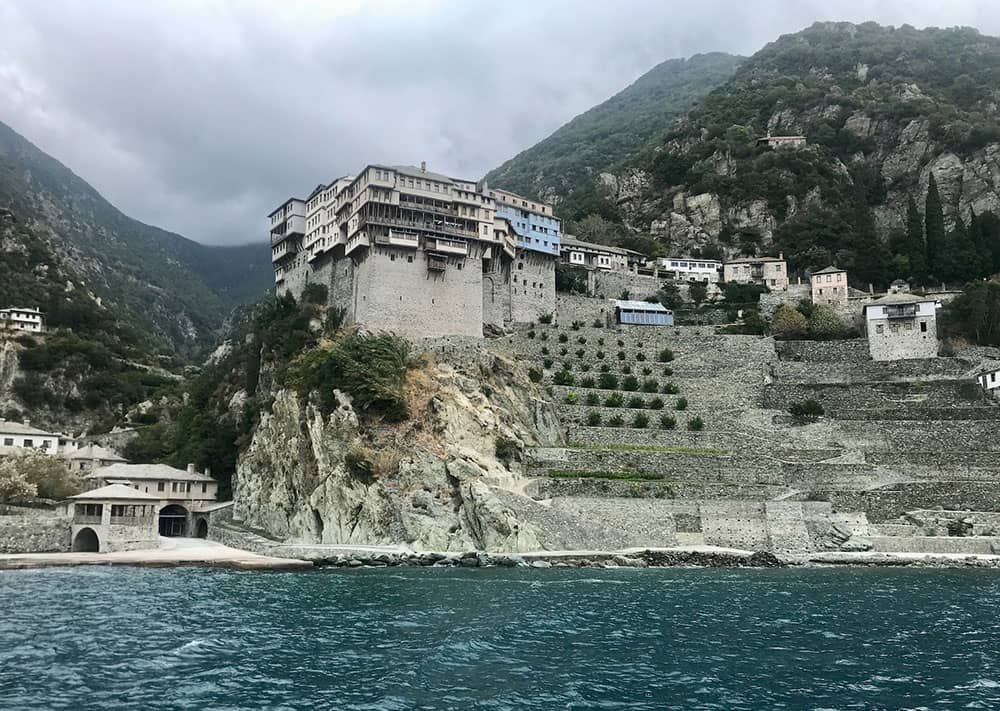
Photo: Aleksei / Алексей Simonenko / Unsplash
Mount Athos, Greece
Mount Athos is a beacon of spirituality and calmness on a peninsula in northern Greece. Known as the Holy Mountain of Greece, this UNESCO World Heritage Site is home to twenty monasteries that have preserved Orthodox Christian traditions for centuries. The peninsula, exclusively for men, imposes stringent entry regulations, permitting only a restricted quota of visitors annually to maintain its unspoiled magnificence and time-honored customs.
For those seeking inner peace or a glimpse into another world, visiting Mount Athos can be a transformative experience. Time seems to slow down as you immerse yourself in daily monastic life – participating in prayer services, listening to mesmerizing chants echoing through ancient stone walls, or engaging in meaningful conversations with monks who dedicate their lives to spiritual discipline.
As you navigate through narrow paths surrounded by lush forests and glistening seas, close encounters with wildlife such as deer and wild boar remind you that nature remains untamed here.
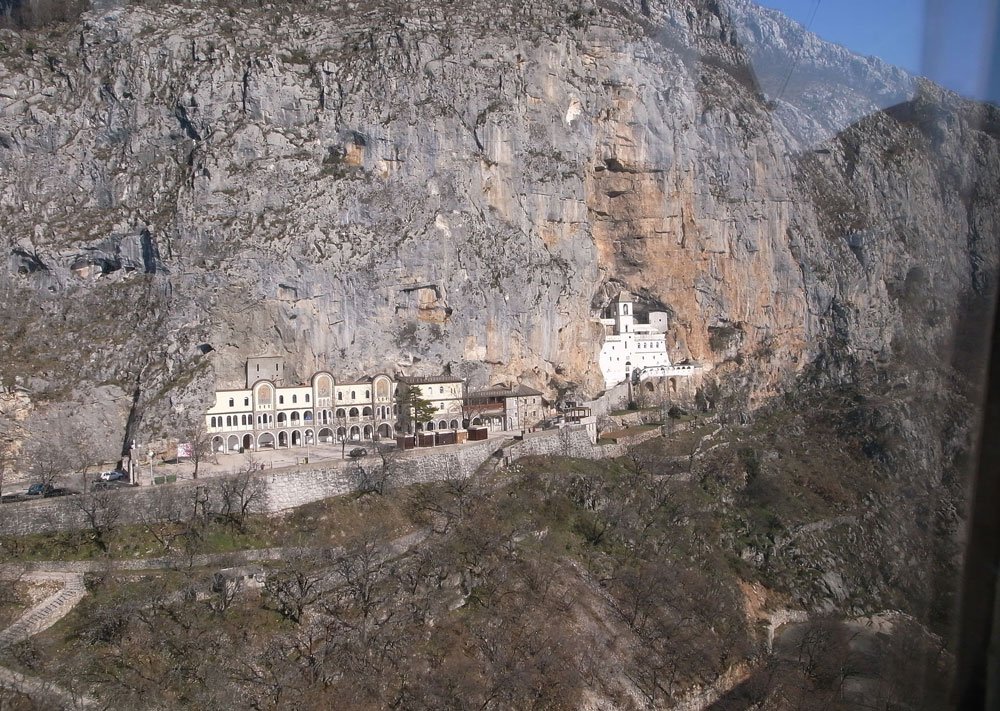
Photo: William Hall / Wikipedia
Ostrog Monastery, Montenegro
Upon entering the monastery, you are instantly enveloped by serenity. The simple yet elegant architecture blends seamlessly with nature, making you feel like you have entered another world. As you walk through the narrow corridors and climb up towards the upper levels of the monastery, you can’t help but feel a deep connection to something greater than yourself.
But perhaps what makes Ostrog Monastery truly miraculous is its history of healing miracles. People from all walks have sought solace and healing at this sacred site for centuries. Countless stories of seemingly impossible recoveries and unexplainable miracles have occurred here. Whether physical ailments or spiritual unrest, Ostrog possesses an otherworldly power that brings comfort and hope to those who visit.
Visiting Ostrog Monastery is not just about admiring its stunning cliffside location or marveling at its architectural beauty – it’s about immersing oneself in centuries-old traditions and experiencing a profound sense of spirituality. It’s about connecting to something larger than ourselves and finding solace in distress.
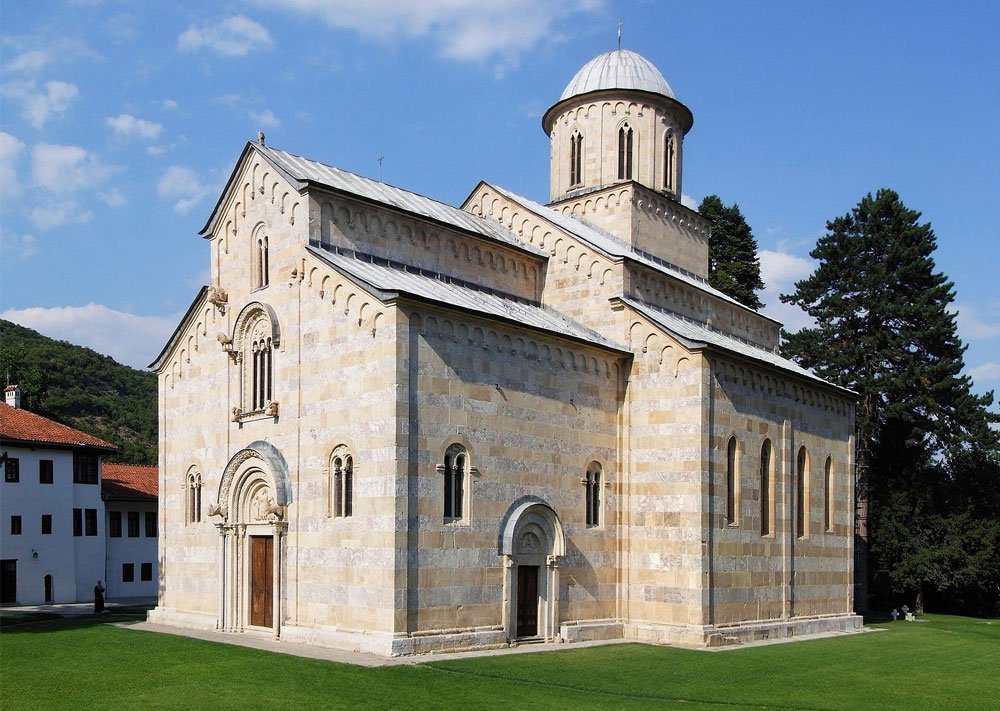
Photo: Pudelek / Wikipedia
Decani Monastery, Kosovo
Its unique blend of Eastern and Western influences sets Decani Monastery apart from other Balkan monastic sites. While Serbian monks established it, it showcases a fusion of Romanesque and Byzantine elements in its design. The intricate details in the frescoes within the monastery’s walls are a testament to this combination of styles, providing visitors with an awe-inspiring visual experience.
Decani Monastery also holds great historical significance as it has withstood various challenges throughout centuries. Despite being damaged during conflicts, particularly during the 1999 Kosovo War, it has been meticulously restored to preserve its heritage for future generations. Today, this spiritual sanctuary offers an immersive cultural experience for those seeking to explore religion, history, and art all under one roof. Whether you are a history buff or appreciate beautiful craftsmanship, add Decani Monastery to your list of must-visit places in the Balkans.
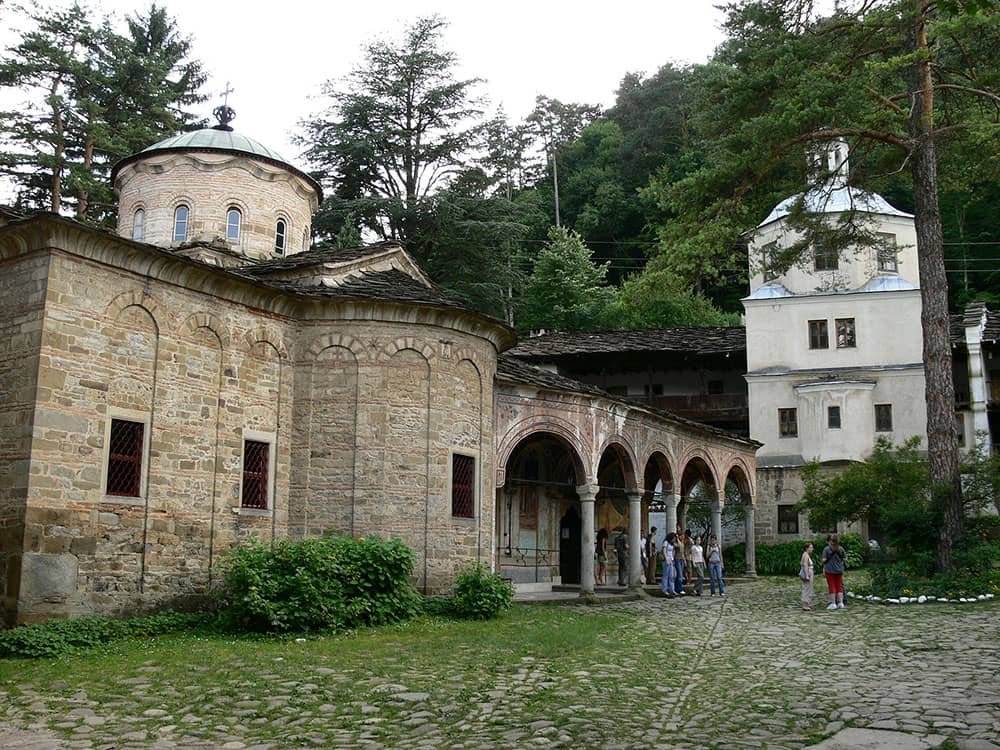
Troyan Monastery, Bulgaria
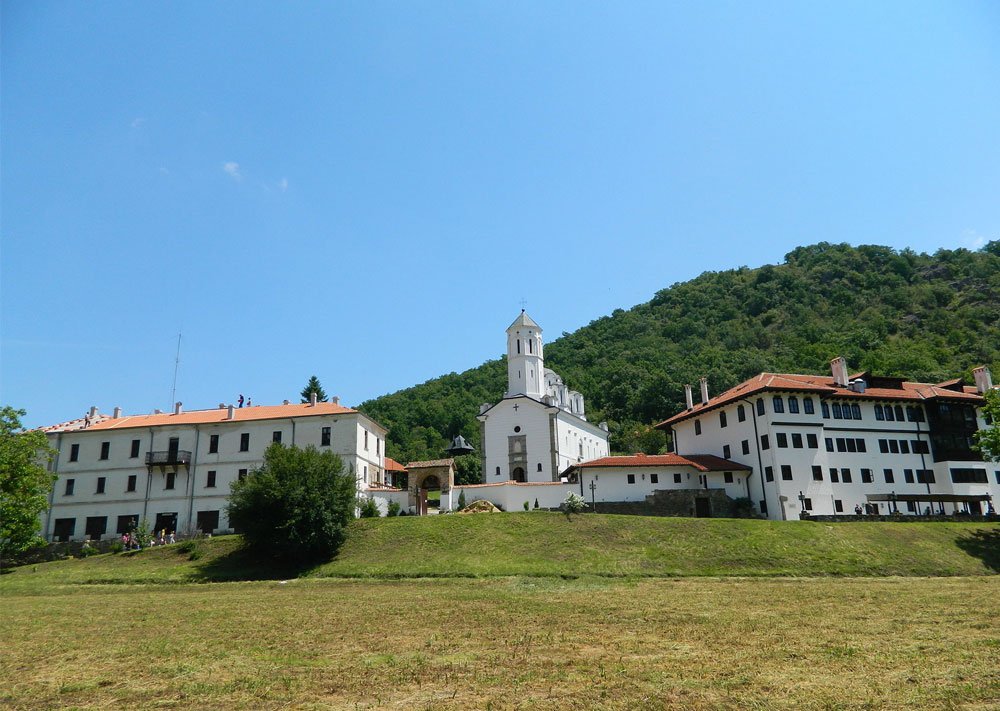
Photo: Танович / Wikipedia
Prohor Pcinjski Monastery, Serbia
Nestled within the lush Pcinja River Valley in Serbia lies Prohor Pcinjski Monastery, a hidden gem often overlooked by tourists. Founded in the 11th century, this serene monastery exudes an air of tranquility guaranteed to leave visitors feeling refreshed and spiritually nourished. What sets Prohor Pcinjski apart from other monasteries in the region is its rich history and stunning medieval architecture, making it a must-visit destination for anyone interested in exploring the Balkan’s cultural heritage.
Perhaps one of the most intriguing aspects of this hidden gem is its well-preserved library, which houses an impressive collection of historical manuscripts and rare books. Stepping into this treasure trove of knowledge is like stepping back in time; one can imagine monks meticulously transcribing sacred texts by candlelight centuries ago. The library serves as a reminder of monasteries’ vital role in preserving religious teachings and fostering intellectual pursuits during times of upheaval and uncertainty.
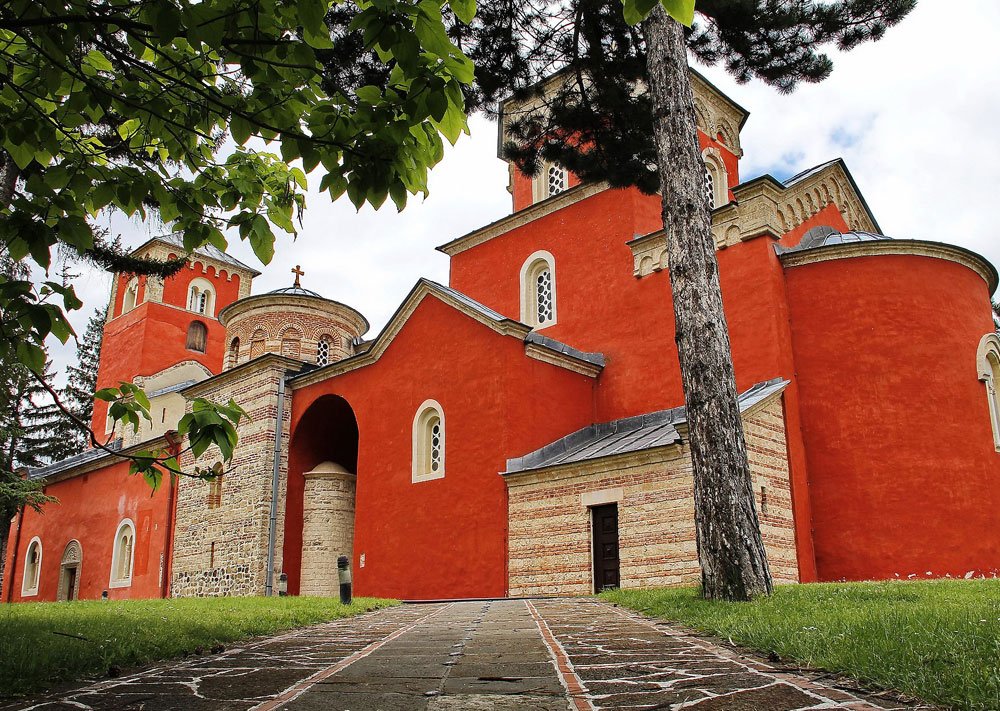
Photo: Vera Bukvic / Wikipedia
Žiča Monastery, Serbia

Monasteries of Meteora, Greece
Nestled atop towering rock formations, the monasteries of Meteora in Greece are a sight to behold. Offering breathtaking views and an immersive cultural experience, these ancient religious retreats are among the best monasteries to visit in the Balkans.
One monastery that stands out is the Great Meteoron Monastery, also known as Megalo Meteoro. Built-in the 14th century, it is the largest and one of the most important monasteries in Meteora. As you explore its hallowed halls adorned with Byzantine frescoes and precious artifacts, you can’t help but be awed by its grandeur and spiritual significance.
Another gem worth visiting is Varlaam Monastery. With its strategic location perched on a steep rocky cliff, getting there requires a thrilling journey via suspended baskets hoisted by ropes—a testament to medieval engineering and sheer courage! Inside the monastery, marvel at its rich collection of religious treasures while soaking up panoramic vistas that stretch as far as Mount Olympus.
As you visit these mystical monastic enclaves, let their serenity transport you back through centuries of history and spirituality. Visit during sunrise or sunset for an added touch of transcendence—the golden light glistening off stone facades will leave you enchanted! So make sure Meteora’s monasteries are at the top of your travel itinerary when exploring this stunning region of Greece.

Photo: Petr Sporer / Wikipedia
Putna Monastery, Romania
Nestled in the picturesque landscapes of northeastern Romania, Putna Monastery stands as a testament to the country’s rich cultural and religious heritage. Founded in 1466 by Stephen the Great, one of Romania’s most important historical figures, this monastery encompasses architectural magnificence and deep spiritual significance for locals and visitors alike. The monastery’s harmonious blend of Byzantine and Moldavian architectural styles creates a captivating atmosphere that transports you back to medieval times.
As you enter the monastery grounds, an air of tranquility embraces you, inviting contemplation and reflection. Take a moment to admire the intricate frescoes that adorn the exterior and interior walls, narrating biblical stories with vivid colors and meticulous craftsmanship. Wander through the peaceful cemetery where illustrious historical figures, including Stephen himself, find their final resting place. Legend has it that his miraculous sword lies buried beneath his tombstone, silently guarding his legacy.
Beyond its historical significance, Putna Monastery offers visitors a unique opportunity to engage with monastic life by attending religious services or participating in on-site spiritual retreats. This immersive experience allows you to witness authentic Orthodox rituals and fosters personal growth and introspection amidst serene surroundings.
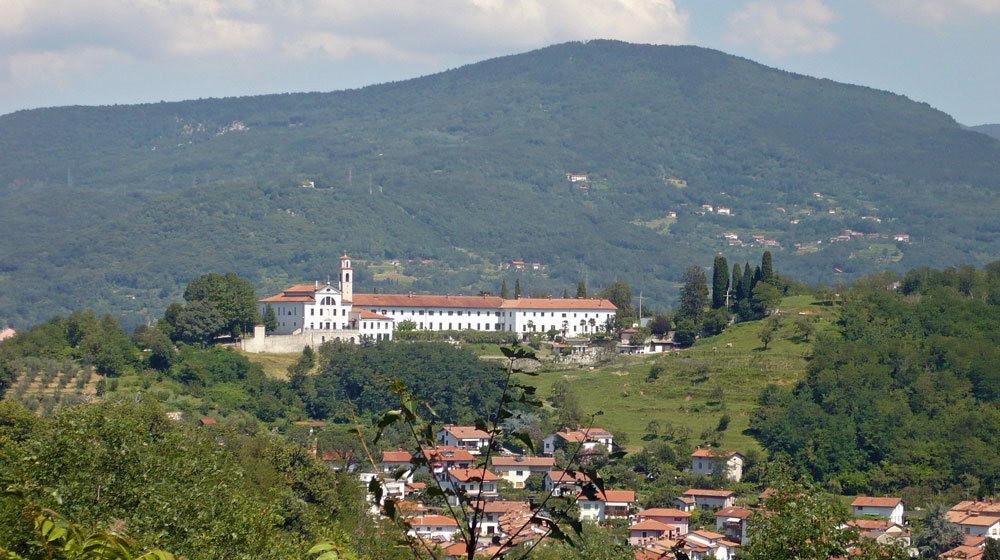
Photo: Viator slovenicus / Wikipedia
Kostanjevica Monastery, Slovenia
Tucked away in Slovenia’s picturesque countryside lies a hidden gem that every traveler to the Balkans should experience: Kostanjevica Monastery. Nestled on a hilltop overlooking the charming town of Nova Gorica, this monastery has a rich history and offers breathtaking views that will leave you in awe.
As one of the best monasteries to visit in the Balkans, Kostanjevica Monastery captivates visitors with its tranquility and cultural significance. Once an aristocratic mansion during the Renaissance, it was later transformed into a Franciscan monastery in the 17th century. Walking through its well-preserved halls feels like stepping back in time, surrounded by centuries-old frescoes and grand architecture that exudes reverence and spirituality.
However, what sets Kostanjevica Monastery apart is its association with royalty. It is the final resting place for several members of Europe’s illustrious Habsburg dynasty, including Charles X of France and Austria’s last emperor, Charles I. The crypt beneath the church houses their ornate tombs, evoking admiration for their luxury and solemnity in paying tribute to historical figures who once shaped European history.
Visiting Kostanjevica Monastery is truly an immersive experience that combines art, history, and spirituality all within one stunning setting.
Final Words
The Balkans offer a rich and diverse selection of monasteries worth exploring for their historical, cultural, and spiritual significance. Whether you are drawn to the stunning architecture, the serene surroundings, or the religious traditions, there is something for everyone in this region.
Each monastery has unique charm and allure, from the majestic Ostrog Monastery in Montenegro to the peaceful Studenica Monastery in Serbia. So why not plan a trip to the Balkans and immerse yourself in the beauty and tranquility of these magnificent monasteries? You won’t be disappointed!

